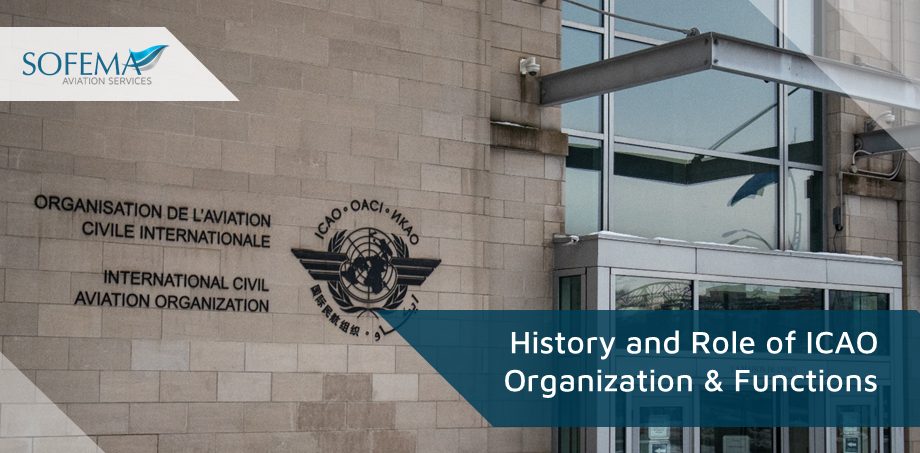Sofema Aviation Services (SAS) www.sassofia.com looks at the practical functioning of International Civil Aviation (Chicago Convention) ICAO
Introduction
The primary objective of International Civil Aviation (Chicago Convention)ICAO is to ensure the safe and efficient operation of international civil aviation. It achieves this by setting standards and regulations for various aspects of aviation, including flight safety, air navigation, airport design and operations, aviation security, environmental protection, and the facilitation of international air transport. These standards are developed through the collaborative efforts of member states, industry experts, and other stakeholders, reflecting the global consensus on best practices
Chicago Convention
The Convention on International Civil Aviation, also known as the Chicago Convention, is a landmark treaty that was adopted on December 7, 1944. This historic agreement established the International Civil Aviation Organization (ICAO) and laid the foundation for the modern international aviation system. The Chicago Convention continues to serve as the cornerstone of global aviation governance, promoting safe, efficient, and sustainable air travel across the world.
- The roots of the Chicago Convention can be traced back to the early 20th century when the aviation industry was rapidly expanding.
- With the advent of commercial air travel, it became necessary to establish a framework for regulating international aviation activities and fostering cooperation among nations.
The Chicago Convention was the result of extensive negotiations among representatives from 52 countries who convened in Chicago in 1944.
- Their objective was to create a framework for international cooperation in civil aviation and establish common principles and standards for the industry.
- The resulting treaty was signed by the participating nations and entered into force on April 4, 1947, after being ratified by a sufficient number of countries.
Central to the Chicago Convention is the establishment of the International Civil Aviation Organization (ICAO), a specialized agency of the United Nations.
- ICAO serves as the global forum for cooperation and coordination among its 193 member states, working towards the development and harmonization of international civil aviation standards and practices. Its headquarters are located in Montreal, Canada.
ICAO plays a crucial role in providing technical assistance and capacity-building support to its member states, particularly those with limited resources and infrastructure.
- The organization promotes the sharing of knowledge, expertise, and resources to enhance aviation safety and security worldwide. ICAO also fosters cooperation in air transport liberalization, facilitating the growth of the global aviation industry and promoting economic development.
Next Steps
Follow this link to the SAS Library to find & Download related documents for Free
Please see www.sassofia.com or email team@sassofia.com for further details regarding ICAO – EASA – FAA Training please see the following Introduction to Aviation Regulatory Structure – ICAO – EASA – FAA – 2 Days
Tags:
International Civil Aviation, common principles, international aviation system, ICAO – EASA – FAA Training, United Nations, standards, airport design, Organization & Functions, History and Role of ICAO, (Chicago Convention) 1944, aviation, stakeholders, Environmental Protection, Flight Safety, Chicago Convention, Civil Aviation, SAS blogs, Air Navigation, Aviation Security, Operations





